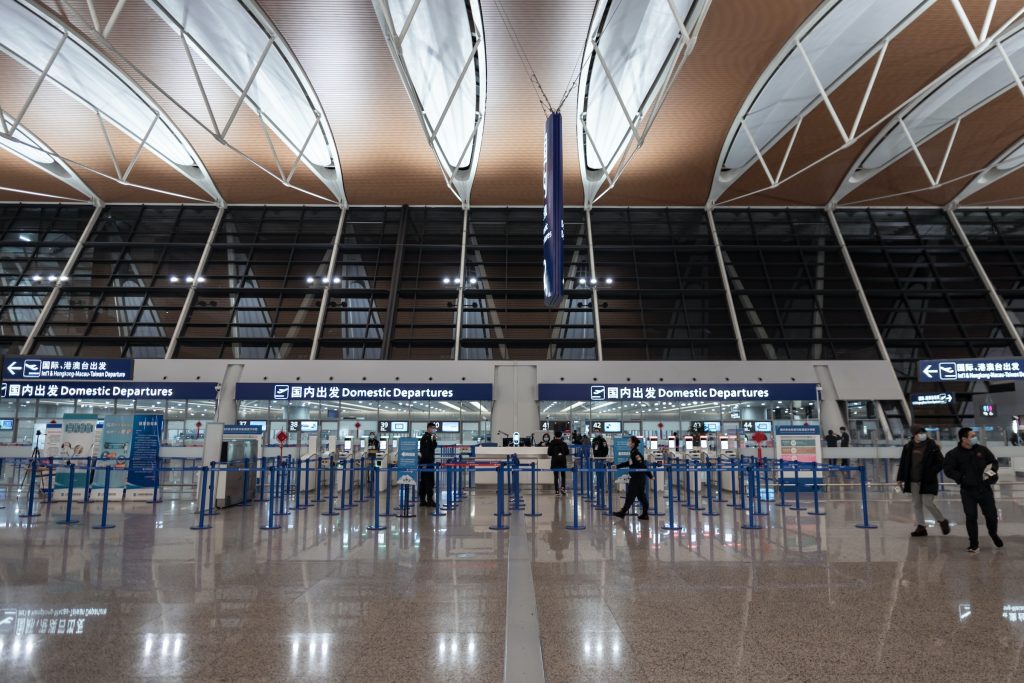The Veiled Curtain: 3 Little-Known Airport Security Secrets
Airport security plays a vital role in ensuring the safety of passengers and thwarting potential threats during travel. Central to this effort is the Transportation Security Administration (TSA), which holds a prominent position in upholding airport security standards.

However, there are a few lesser-known aspects of airport security that the TSA may not explicitly disclose to the public. Here are three of these secrets!
Random Selection Process
While the TSA aims to maintain an effective screening process, not every passenger is subjected to the same level of scrutiny. In reality, a portion of travelers are randomly selected for enhanced security measures.
This random selection process is meant to prevent profiling and ensure fairness, as well as to keep potential threats uncertain about the screening criteria. By keeping this secret, the TSA avoids revealing the specifics of their selection algorithm, maintaining a level of unpredictability in their security measures.
Secondary Screening Techniques
When passengers trigger a potential threat indicator during the primary screening, they are directed to undergo secondary screening. The TSA employs various techniques in this process, such as enhanced pat-downs, additional X-ray scans, or hand swabs for explosive residue detection.

However, the specifics of these secondary screening techniques are not openly discussed to maintain the element of surprise and deterrence. By keeping the details under wraps, the TSA aims to prevent potential threats from adapting their tactics to evade detection.
Covert Surveillance
Beyond the visible security checkpoints, airports are equipped with a vast network of surveillance systems, including cameras, facial recognition technology, and behavioral analysis software. These covert surveillance methods allow the TSA to monitor passengers and identify suspicious behavior or potential threats.
